Choosing The Perfect Colour Scheme
Are you looking to transform your project with choosing the perfect colour scheme? Whether you’re designing a room, selecting paint colors for a home renovation, or creating an artwork, understanding colour theory is essential. In this guide, we will walk you through the fundamentals of colour theory, help you understand colour schemes, and provide practical tips on how to choose the perfect colour palette for your next project.
What Is Color Theory?
Colour theory is the foundation of all design work, from interior design to graphic design, and it helps you make informed decisions when selecting colours. It involves understanding how different colours interact with one another and how to use them effectively in your designs. Key concepts in colour theory include colour vocabulary, the colour wheel, and colour temperature.
Colour Vocabulary: The Basics
Before diving into the more technical aspects of color theory, it’s important to understand the vocabulary of colors. Here’s what you need to know:
- Hue: A hue refers to a pure color, such as red, blue, or yellow. These are the base colors found on the color wheel.
- Value: The value of a color refers to how light or dark it is. By adding white (for tints) or black (for shades), you can adjust the value of a color.
- Tint, Shade, and Tone:
- Tint: Adding white to a hue, making it lighter (e.g., red + white = pink).
- Shade: Adding black to a hue, making it darker (e.g., red + black = burgundy).
- Tone: Adding gray (a mix of black and white) to a hue, softening the color (e.g., red + gray = rose).
- Chroma or Intensity: This refers to the purity of a color. Adding gray, white, or black will decrease the intensity, while using the pure hue will increase it.
The Colour Wheel: A Visual Guide to Colour Harmony
The colour wheel is the fundamental tool for understanding how colours interact. It is built on the RYB (Red-Yellow-Blue)model and can help you identify which colors work well together. The color wheel consists of 12 basic colors:
- Primary Colours: Red, yellow, blue. These colours cannot be created by mixing others.
- Secondary Colours: Green, orange, and purple are created by mixing two primary colours:
- Green = Blue + Yellow
- Orange = Yellow + Red
- Purple = Blue + Red
- Tertiary Colours: These are combinations of primary and secondary colors (e.g., blue-green, red-orange).
Understanding how to work with these colors will help you create a balanced and visually appealing design.
Colour Temperature: Warm vs. Cool Colours
In color theory, colors are often categorized into warm and cool:
- Warm Colors: Reds, oranges, and yellows. These colors are associated with energy, warmth, and passion.
- Cool Colors: Blues, greens, and purples. These colors evoke calmness, peace, and tranquility.
By choosing between warm or cool colors, you can influence the mood of your design. For example, using warm colours in a living room can create a lively atmosphere, while cool colours in a bedroom can promote relaxation and restfulness.

Choosing the Right Colour Scheme for Your Project
Now that we understand colour theory and colour temperature, let’s explore the most popular colour schemes you can use to create harmony in your project.
1. Monochromatic Colour Scheme
A monochromatic color scheme uses variations of a single hue by adjusting its tints, shades, and tones. This is an easy and calming scheme to work with, but it can lack contrast unless you add texture or patterns. Monochromatic schemes are great for creating simple, elegant backgrounds or designs with subtle variation.
2. Analogous Colour Scheme
Analogous colors are those that sit next to each other on the color wheel. For example, red, red-orange, and orangeform an analogous color scheme. One of these colors is used as the dominant color, while the others serve as accents. Analogous color schemes are harmonious and natural but can become too uniform if not carefully balanced.
3. Complementary Colour Scheme
Complementary colors are opposite each other on the color wheel, like red and green or blue and orange. These pairs create high contrast, making your design vibrant and eye-catching. However, they can be intense, so it’s best to use one color as the dominant hue and the other as an accent.
4. Split-Complementary Colour Scheme
The split-complementary scheme is a variation of the complementary color scheme, but instead of using the direct opposite color, it uses the two adjacent colors to the complement. This scheme offers high contrast with less visual tension, making it a great choice for creating balance while still being dynamic.
5. Triadic Colour Scheme
A triadic color scheme uses three colors that are evenly spaced around the color wheel. This scheme provides vibrant, balanced designs. For instance, the primary colors (red, yellow, blue) form a triadic scheme. A good tip is to use one color as the dominant color (60%), another as a secondary color (30%), and the third as an accent color (10%).
6. Tetradic (Rectangle) Colour Scheme
The tetradic color scheme uses four colors, arranged into two complementary pairs. This scheme is the most stimulating and can create bold, exciting designs. However, it’s essential to balance the warm and cool colors in this scheme to avoid overwhelming the viewer.
7. Achromatic Colour Scheme
An achromatic scheme is one that uses black, white, and gray. This minimalist approach works well for modern, sophisticated designs. To avoid it looking too dull, consider adding textural contrasts or a pop of accent color for visual interest.
Colour Tools and Resources
To experiment with colour combinations, many paint suppliers offer online colour visualizers. These are excellent tools for visualizing how different colours will look together in a space. Some popular color visualizer tools are available on the websites of:
These online tools allow you to explore different combinations and see how they work in real-time, helping you make informed decisions for your design.
Additionally, consulting a professional colour and paint consultant can provide valuable insights, especially for more complex design projects or when navigating through a wide range of colour options.
Conclusion: Mastering Colour Theory for Stunning Projects
Whether you’re redesigning a room, creating a logo, or selecting paint colours, understanding colour theory and applying the right colour scheme is crucial to achieving the desired impact. The right combination of hues, shades, and tones can elevate your project and set the perfect mood.
Start by familiarizing yourself with the colour wheel when choosing the perfect colour scheme that aligns with your project’s purpose. Use color tools to visualize your choices and refine your palette. With a solid understanding of color theory, you can confidently create visually stunning designs that resonate with your audience.
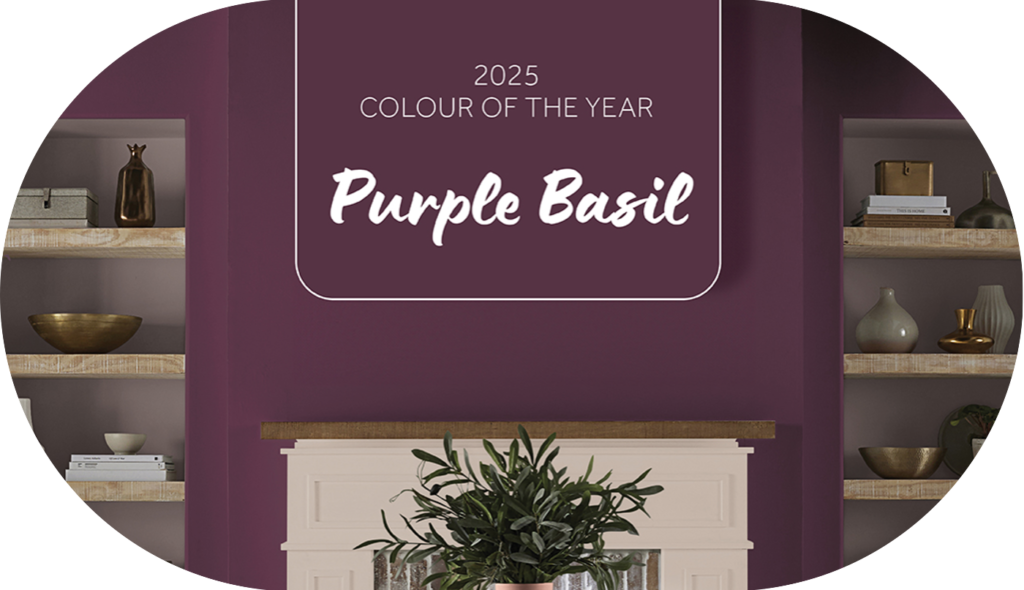
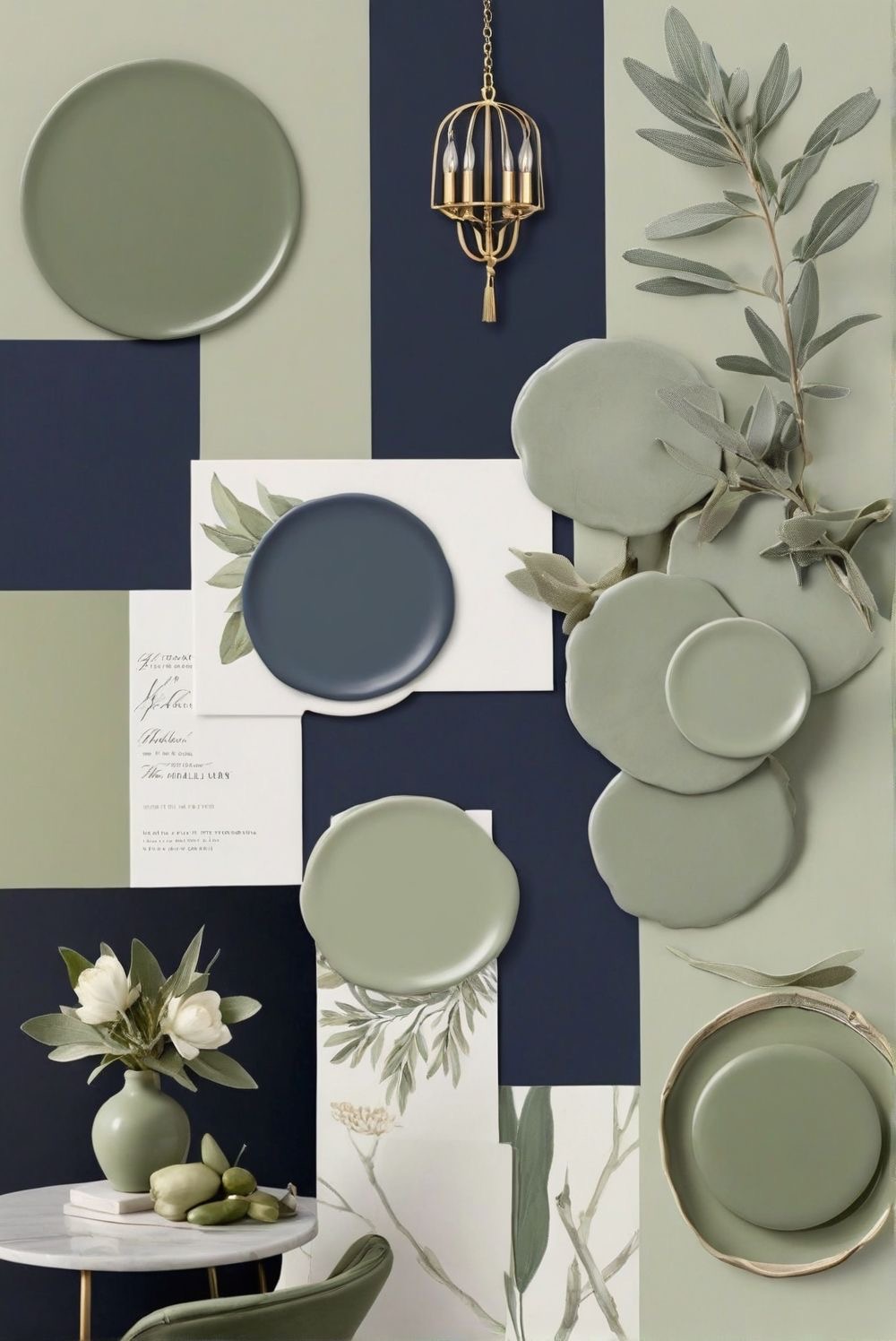

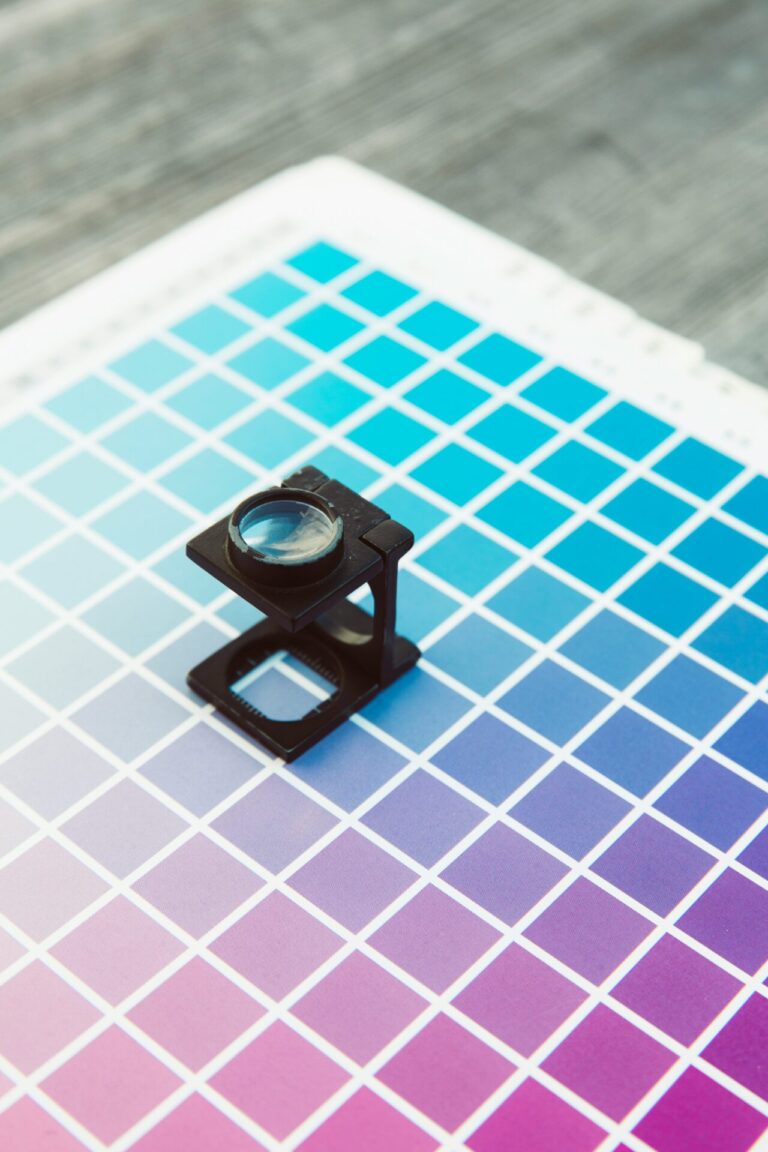
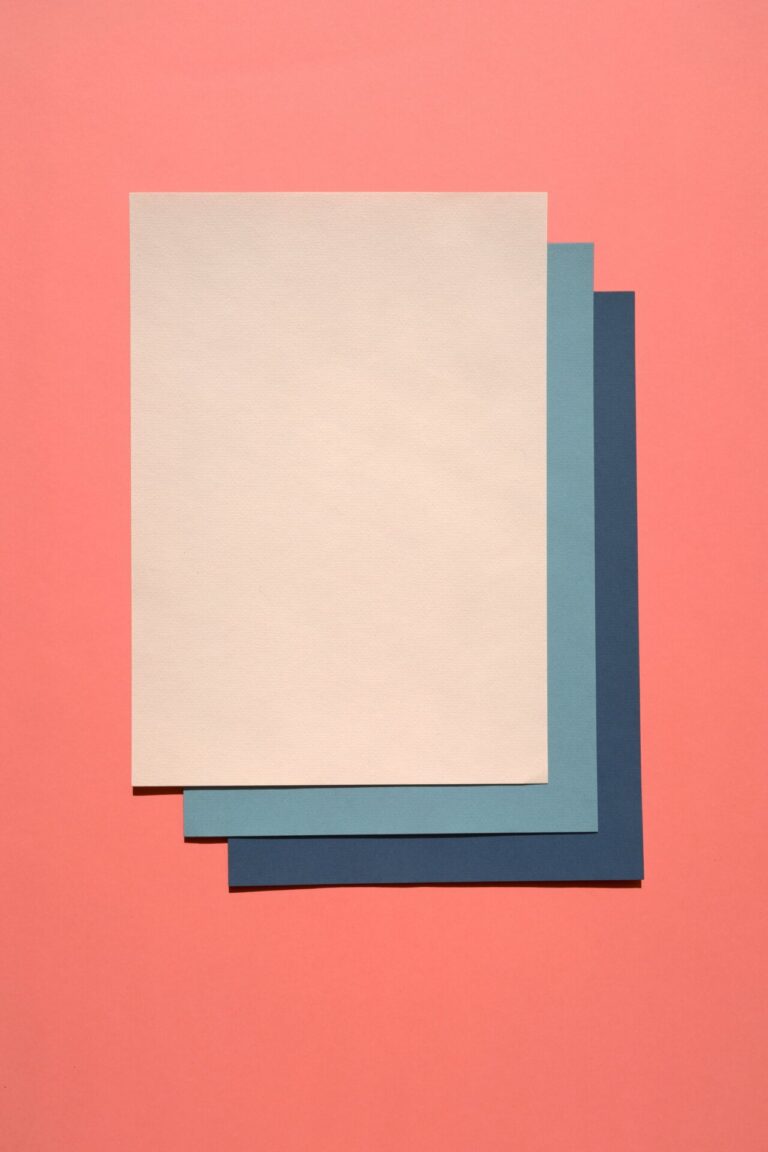
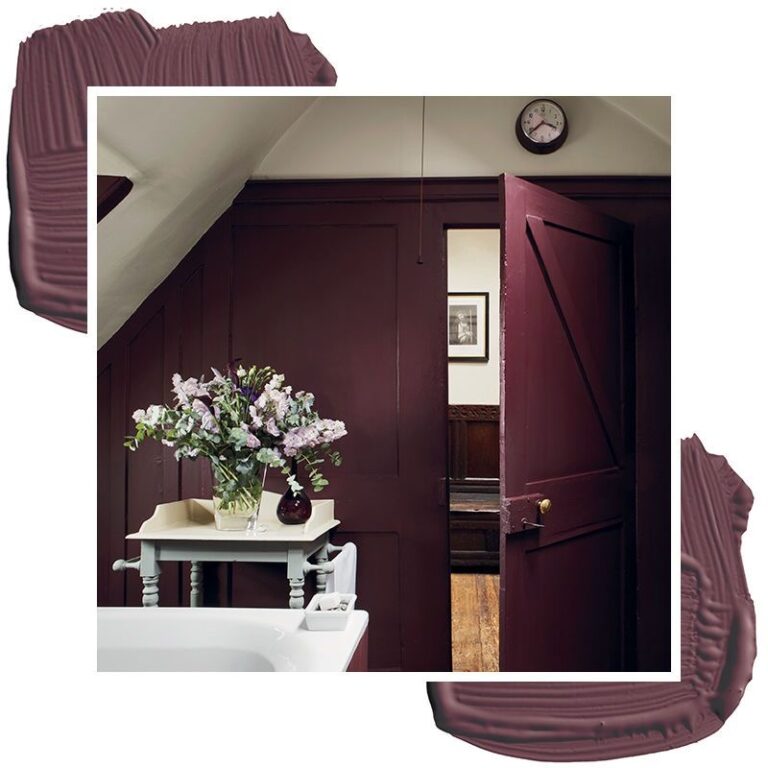
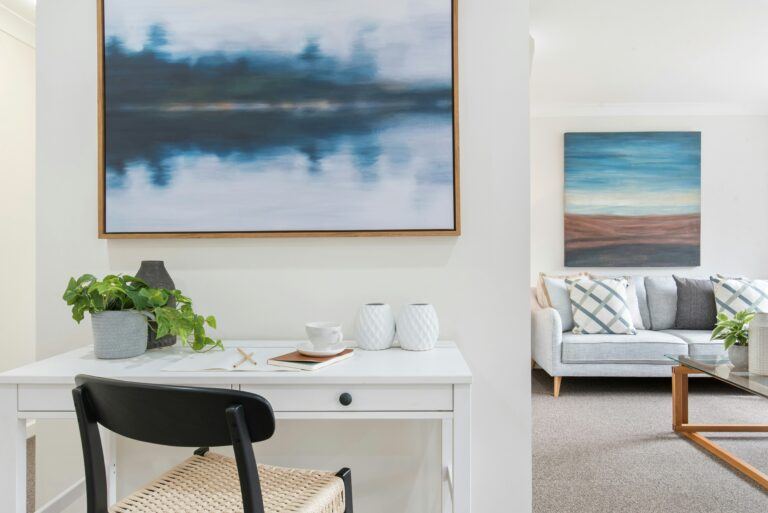
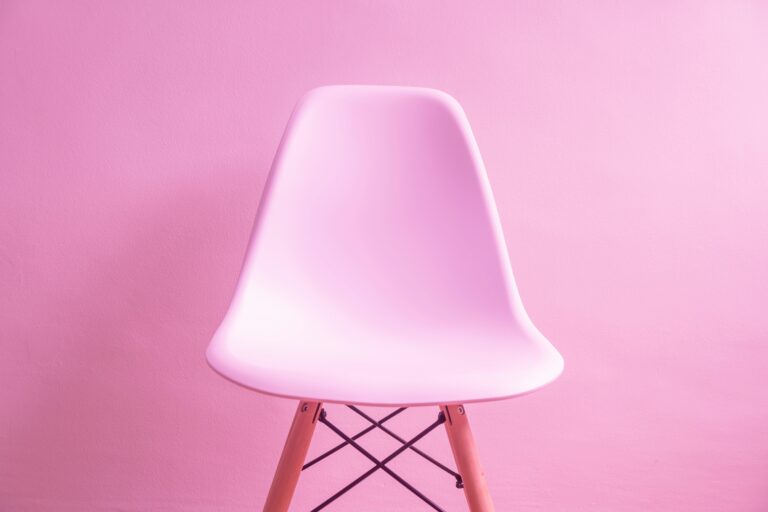
This is such a complex topic. I’m happy to see somebody who tackles the basics
More to come: each color scheme will be explored in its own dedicated topic.